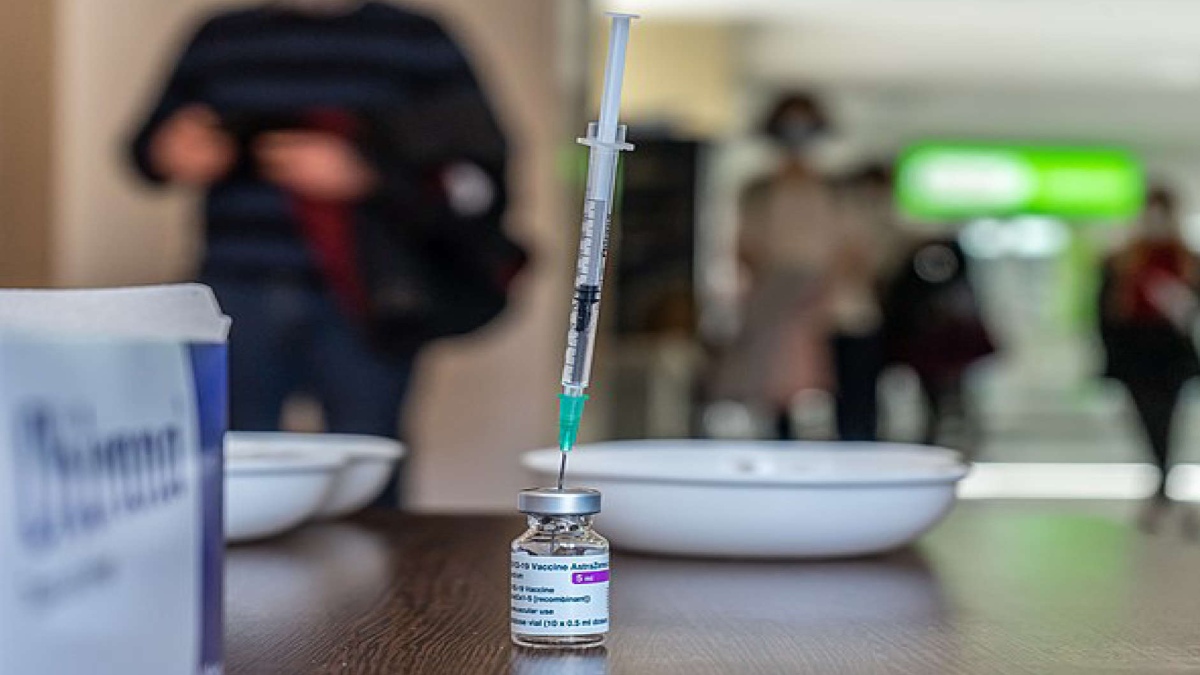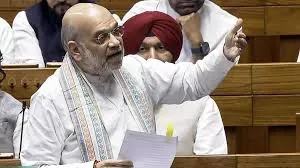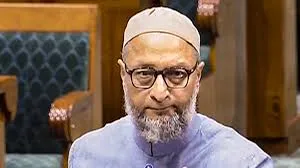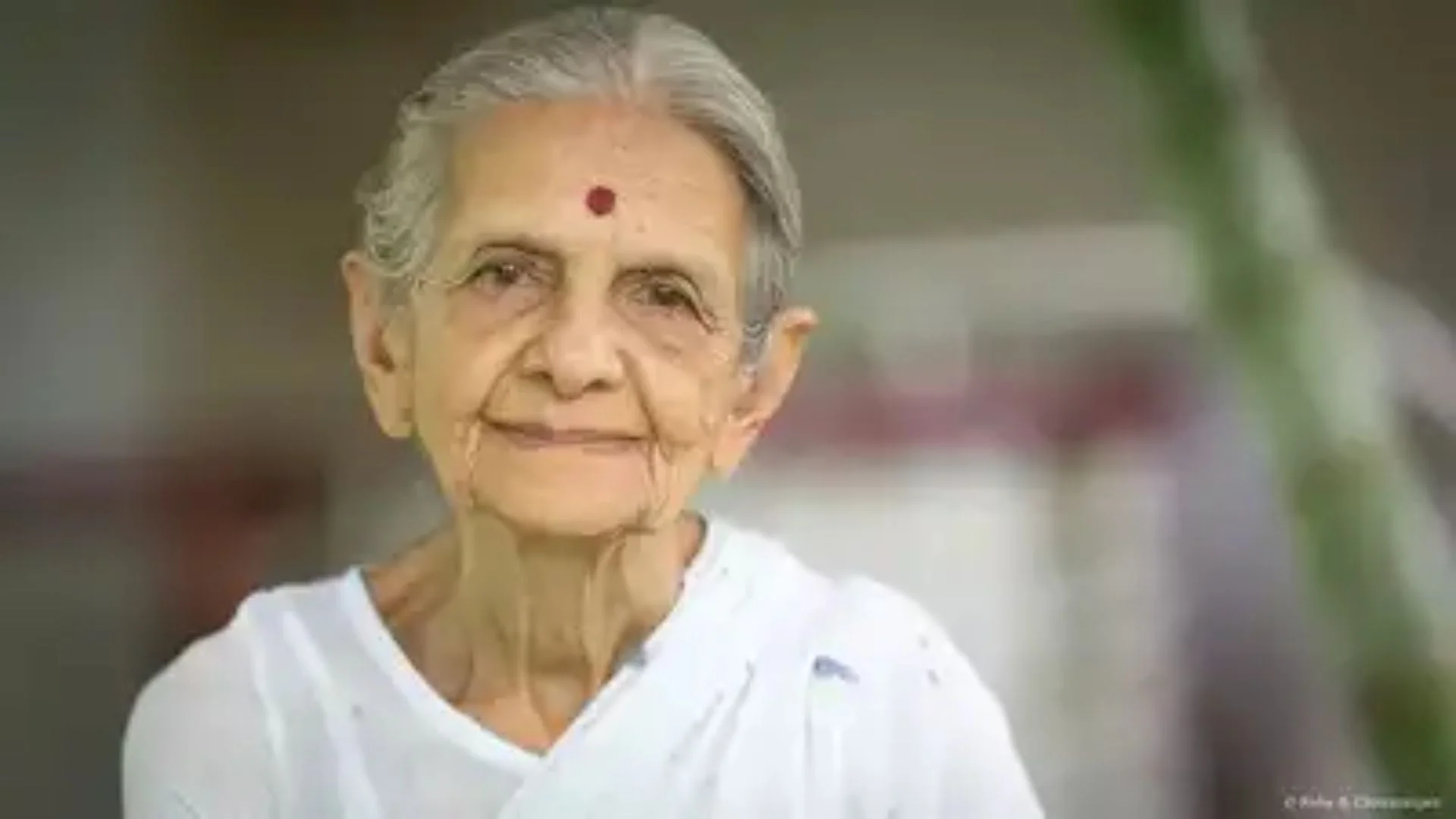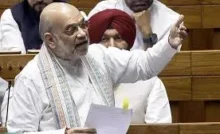India started the ‘world’s largest’ nationwide inoculation drive to counter the SARS-CoV-2 pandemic earlier this year. The Government of India announced plans to vaccinate everyone aged 18+that is the entire adult population, by the end of 2021. As of date, according to government statistics, over 34 crore vaccine doses have been administered across the country; of this, over 6 crore beneficiaries have received both the vaccine doses. In other words, a little over 4% of the total Indian population (6% to 7% of the adult population, considering 2021 population projections have been vaccinated to date. Quick number crunching reveals that we need to administer an estimated 175 to 190 crore doses of vaccine shots this year or vaccinate approximately five times more than the present rate to meet the year-end target. The critical question is, “Are we going to achieve this target”? To address this, we need a quick reality check of the ground situation.
GRAPPLING CHALLENGES AT HAND
The Covid-19 pandemic has unleashed massive destruction and disruptions globally with India not being spared from its catastrophic impact either. The mismatch between the demand and supply of vaccines has been rampant in the country since the onslaught of the second wave which hit the country like a violent storm. With the pandemic shifting to different phases, we are being subject to new variants like delta, delta+ etc. As a result, multiple doses of vaccines might be needed. Also the problems arising from the age group of 2 to 18 years which are not being vaccinated at the moment. Their vaccines are expected to be rolled out soon. Till then, this age group carries the risks of being susceptible to the virus and potential infection spreaders. Going forward, vaccination might turn out to be a regular intervention with the increasing number of children being born; they will have to get vaccinated once they reach the eligible age group.
Another issue is the widened gap between haves and have-nots as a result of this pandemic. The rural and remote areas of the country especially in the poor states have been witnessing acute logistical constraints due to supply-chain disruptions, lack of cold storage facilities, infrastructure gaps and the lack of skilled personnel to administer the vaccine carefully. As a result, the urban-rural divide has aggravated and the country is witnessing growing instances of inequitable distribution in vaccines, lower rates of testing and poor reporting of infection cases across urban, rural areas and within the states. Besides, the problems of vaccine wastage from ineffective administration in few places, digital gaps and vaccine hesitancy, have also surfaced over the last couple of months.
THE SOLUTION
These challenges make one wonder if the year-end vaccine target is over-ambitious and unachievable. Well, the simple answer is ‘no’! The goal is certainly ambitious but not impossible. The need of the hour is to ensure the production, distribution and administration of vaccines in India in a public-private partnership (PPP) model. The country must mobilise the private sector services for faster rollout of vaccines and equitable nationwide coverage. Several reports have already highlighted the remarkable role played by the private hospitals of India in the wake of the coronavirus outbreak, in improving healthcare capacities and capabilities; thereby supplementing the efforts of the national government.
According to a recent EY-FICCI report, private hospitals have dedicated up to 40% to 80% of their bed capacity for treating infected patients and contributed to 45% of the testing capacity in India. Besides, some countries have recently shared their own experiences, backing the successes of PPPs for effective vaccine rollout. A case in point is the United States’ administration that has worked closely with the local businesses to roll out vaccines. The private sector of the US has been an active partner all along the rollout journey. It has helped the government optimise efforts in different capacities ranging from hosting mass vaccination sites for the citizens, setting up logistics for effective supply-chain management systems in vaccine distribution, administration to developing artificial intelligence-driven tracking mechanisms of vaccines.
While I don’t intend to make a direct reference to the experiences of the western world, they serve as valuable learning for us. I, therefore, recommend a three-pronged strategy. First, encourage the formation of national consortia of academia, research institutions and industry to strengthen domestic manufacturing, production capabilities and reduce the dependency on the import of vaccines. Second, enable PPPs to create effective supply-chain management systems; thereby ensuring equitable distribution of vaccines in urban and rural areas. In the urban areas, the private sector could be engaged actively to set up vaccination centres at every nook and corner of the city. Similarly, in the rural areas, the local businesses could coordinate with the village panchayats, self-help groups and NGOs to set up vaccination camps in the local polling booths, cooperative banks, and healthcare clinics present. PPPs will also be essential to fulfil the infrastructural and logistical requirements in such remote locations for ensuring the transportation and storage of vaccines. Finally, the technology companies could be engaged by the government to create various tracking mechanisms using modern technology for the effective administration of the vaccines.
PARTNERSHIPS AND COLLABORATIONS SHOULD BE THE FUTURE FOR AN EMERGING INDIA
We must not forget that as a nation we share the same objective and outcome, as any other country in the world today: to win this war against the deadly coronavirus. Considering the scale and timeline of the vaccination program, PPPs are therefore a must to: (i) fasten the production of vaccines to contain the pandemic; (ii) enable smooth and faster vaccination drives (iii) generate livelihoods for all those who have lost jobs during the pandemic; (iv) effectively monitor shortcomings and corrupt practices using modern technology. In other words, partnerships and collaborations are the way forward to foster growth and development in India.
The author is Associate Director of Science Policy Initiative, Ashoka University


